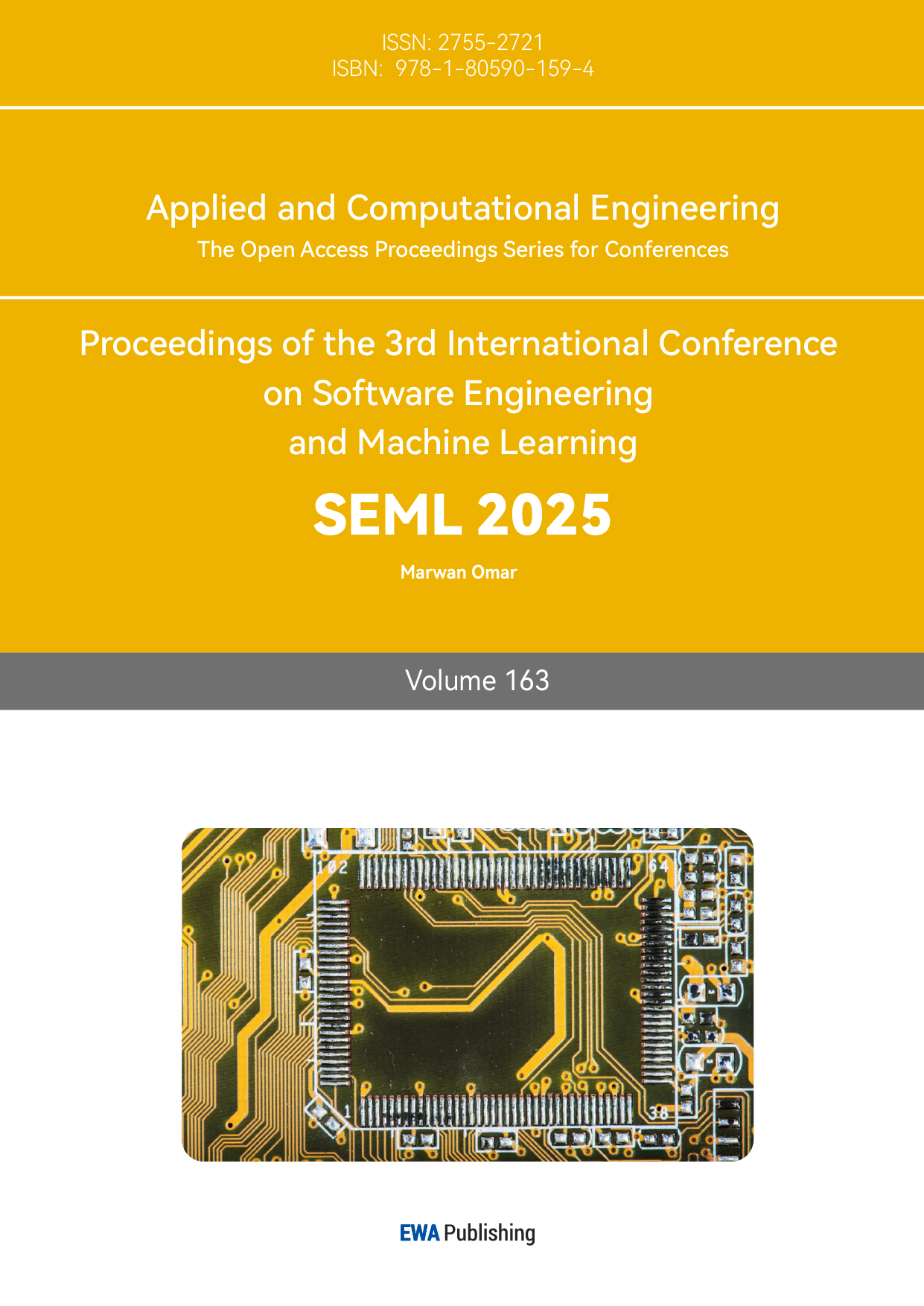References
[1]. Wang, Y., Song, W., Tao, W., Liotta, A., Yang, D., Li, X., Gao, S., Sun, Y., Ge, W., Zhang, W., & Zhang, W. (2022). A systematic review on affective computing: Emotion models, databases, and recent advances. arXiv preprint arXiv:2203.06935.
[2]. Hu, D., Hou, X., Wei, L., Jiang, L., & Mo, Y. (2022). MM-DFN: Multimodal dynamic fusion network for emotion recognition in conversations. arXiv preprint arXiv:2203.02385.
[3]. Hu, J., Liu, Y., Zhao, J., & Jin, Q. (2021). MMGCN: Multimodal fusion via deep graph convolution network for emotion recognition in conversation. arXiv preprint arXiv:2107.06779.
[4]. Wang, Y., Song, W., Tao, W., Liotta, A., Yang, D., Li, X., Gao, S., Sun, Y., Ge, W., Zhang, W., & Zhang, W. (2022). A systematic review on affective computing: Emotion models, databases, and recent advances. arXiv preprint arXiv:2203.06935.
[5]. Ruckenstein, M. (2023). The feel of algorithms. University of California Press.
[6]. WEMAC: Women and Emotion Multi-modal Affective Computing Dataset. (2024). Nature Scientific Data, 11, Article 40.
[7]. Affective Computing: Recent Advances, Challenges, and Future Directions. (2023). Intelligent Computing, 1(1), 76.
[8]. Emotion recognition from unimodal to multimodal analysis: A review. (2023). Information Processing & Management, 60(2), 103163.
[9]. A systematic review of trimodal affective computing approaches. (2024). Expert Systems with Applications, 213, 119719.
[10]. Multimodal emotion recognition: A comprehensive review, trends, and challenges. (2023). Wiley Interdisciplinary Reviews: Data Mining and Knowledge Discovery, 13(2), e1563.
Cite this article
Zhou,X. (2025). Algorithmic Agitation and Affective Engineering: AI-Driven Emotion Recognition and Strategic Communication in Contemporary Social Movements. Applied and Computational Engineering,163,15-20.
Data availability
The datasets used and/or analyzed during the current study will be available from the authors upon reasonable request.
Disclaimer/Publisher's Note
The statements, opinions and data contained in all publications are solely those of the individual author(s) and contributor(s) and not of EWA Publishing and/or the editor(s). EWA Publishing and/or the editor(s) disclaim responsibility for any injury to people or property resulting from any ideas, methods, instructions or products referred to in the content.
About volume
Volume title: Proceedings of the 3rd International Conference on Software Engineering and Machine Learning
© 2024 by the author(s). Licensee EWA Publishing, Oxford, UK. This article is an open access article distributed under the terms and
conditions of the Creative Commons Attribution (CC BY) license. Authors who
publish this series agree to the following terms:
1. Authors retain copyright and grant the series right of first publication with the work simultaneously licensed under a Creative Commons
Attribution License that allows others to share the work with an acknowledgment of the work's authorship and initial publication in this
series.
2. Authors are able to enter into separate, additional contractual arrangements for the non-exclusive distribution of the series's published
version of the work (e.g., post it to an institutional repository or publish it in a book), with an acknowledgment of its initial
publication in this series.
3. Authors are permitted and encouraged to post their work online (e.g., in institutional repositories or on their website) prior to and
during the submission process, as it can lead to productive exchanges, as well as earlier and greater citation of published work (See
Open access policy for details).
References
[1]. Wang, Y., Song, W., Tao, W., Liotta, A., Yang, D., Li, X., Gao, S., Sun, Y., Ge, W., Zhang, W., & Zhang, W. (2022). A systematic review on affective computing: Emotion models, databases, and recent advances. arXiv preprint arXiv:2203.06935.
[2]. Hu, D., Hou, X., Wei, L., Jiang, L., & Mo, Y. (2022). MM-DFN: Multimodal dynamic fusion network for emotion recognition in conversations. arXiv preprint arXiv:2203.02385.
[3]. Hu, J., Liu, Y., Zhao, J., & Jin, Q. (2021). MMGCN: Multimodal fusion via deep graph convolution network for emotion recognition in conversation. arXiv preprint arXiv:2107.06779.
[4]. Wang, Y., Song, W., Tao, W., Liotta, A., Yang, D., Li, X., Gao, S., Sun, Y., Ge, W., Zhang, W., & Zhang, W. (2022). A systematic review on affective computing: Emotion models, databases, and recent advances. arXiv preprint arXiv:2203.06935.
[5]. Ruckenstein, M. (2023). The feel of algorithms. University of California Press.
[6]. WEMAC: Women and Emotion Multi-modal Affective Computing Dataset. (2024). Nature Scientific Data, 11, Article 40.
[7]. Affective Computing: Recent Advances, Challenges, and Future Directions. (2023). Intelligent Computing, 1(1), 76.
[8]. Emotion recognition from unimodal to multimodal analysis: A review. (2023). Information Processing & Management, 60(2), 103163.
[9]. A systematic review of trimodal affective computing approaches. (2024). Expert Systems with Applications, 213, 119719.
[10]. Multimodal emotion recognition: A comprehensive review, trends, and challenges. (2023). Wiley Interdisciplinary Reviews: Data Mining and Knowledge Discovery, 13(2), e1563.









